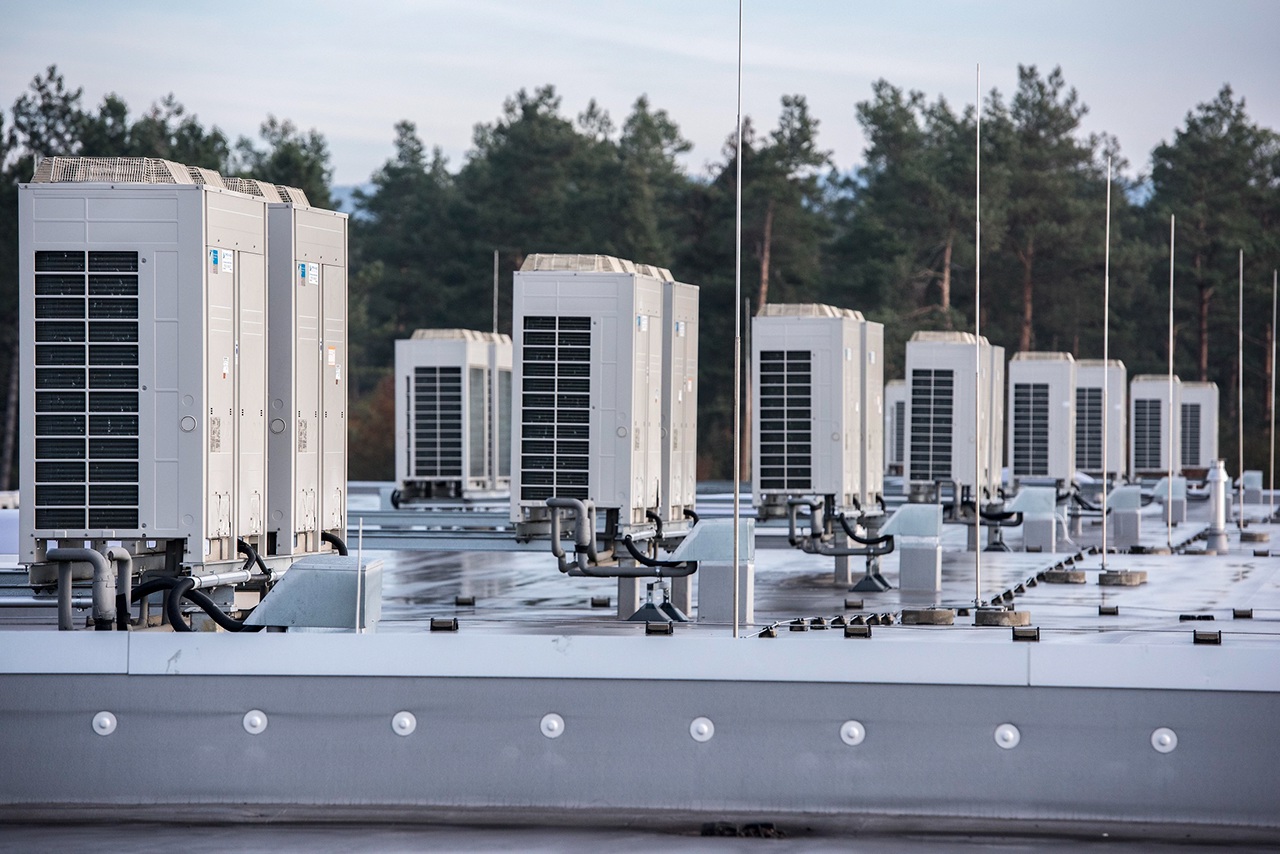

Refrigerators and freezers for commercial use
(use for the storage, presentation or distribution of products for sale to final consumers, in retail and in the catering industry)
Already today, only products containing a refrigerant with a global warming potential (GWP) < 150 may be placed on the market.
Daikin Group already offers a range of R-290 (propane) systems
Other self-contained refrigeration systems
From January 1, 2025, only products containing a refrigerant with a GWP < 150 may be placed on the market.
Daikin Group will launch R-454C systems in the near future
All other stationary refrigeration systems
Already today, only products containing a refrigerant with a GWP < 2500 may be placed on the market ( exception: applications for cooling products to below -50°C ).
From January 1, 2030, only products containing a refrigerant with a GWP < 150 may be placed on the market.
Daikin Group already offers a range of R-744 (CO2) systems
Frequently asked questions
The official definition of placing on the market is: the release for free circulation within the EU or the first supply or making available to third parties within the EU, whether in return for payment or free of charge, or the use of manufactured substances or of products or equipment for own use.
In practice, as soon as a product leaves one of our European factories and arrives to be stored in a warehouse in the EU, that product is placed on the market. It doesn't matter who owns the warehouse, whether it is Daikin, you or a third party.
For products produced outside the EU, the day on which the products are cleared through customs in the EU is considered the day of placing on the market.
All products that are on the market in the EU before the ban date imposed by the revised F-gas regulations, can continue to be sold, installed and operated.
No. The decisive factor here is the time at which the product was placed on the market. If the product was placed on the market before the ban came into force, it may still be installed and operated after the ban comes into force.
A product is F-gas compliant if it meets the requirements of the regulation. Different regulations apply depending on the refrigerant used, its global warming potential (GWP) and its application.
You can find out which refrigerants are permitted in which products, and when they will be prohibited in the product overview.
Safety exemption refers to a situation where, due to safety constraints at the site of operation, it is not possible to install a system that complies with certain regulations. In such cases, product bans may not be applicable.
